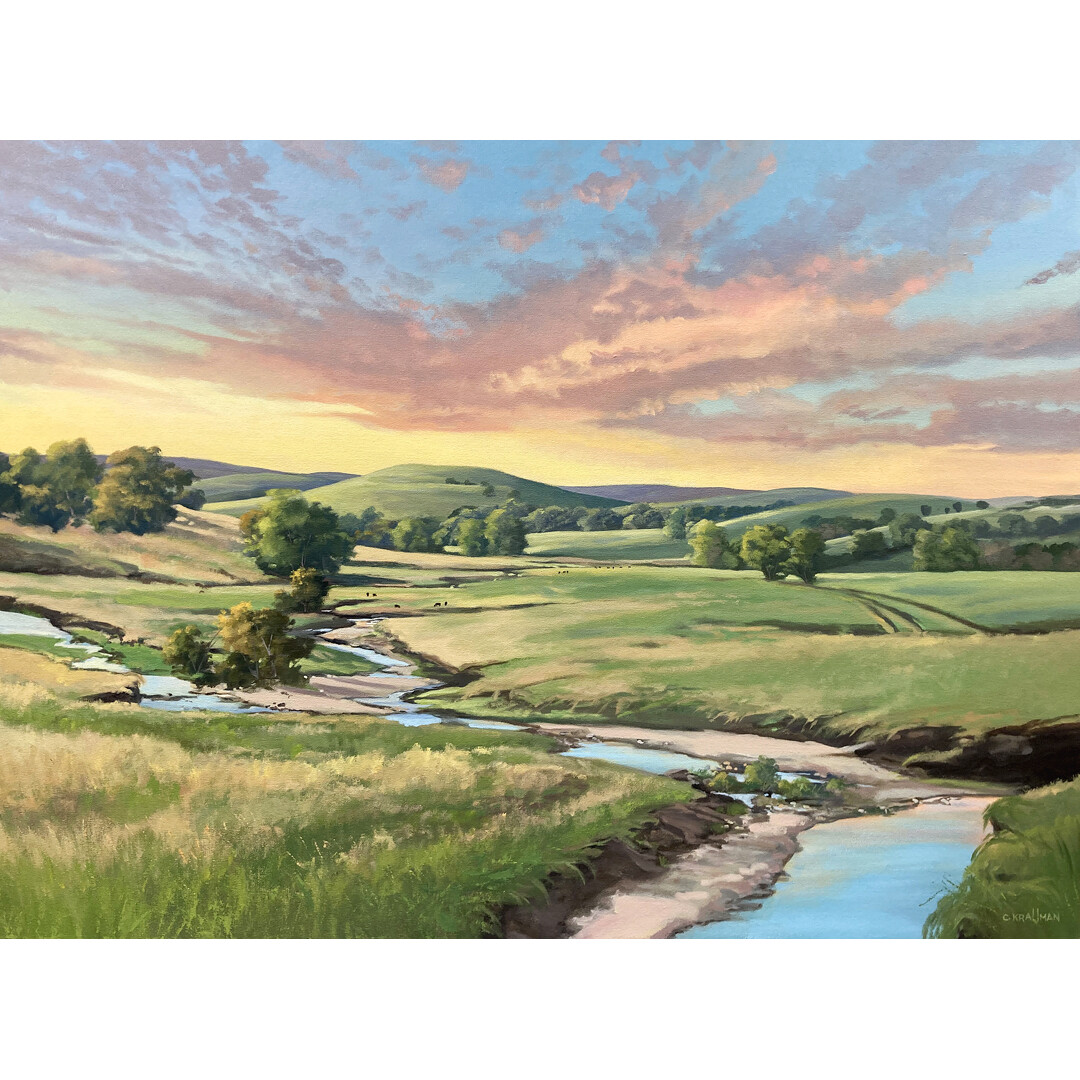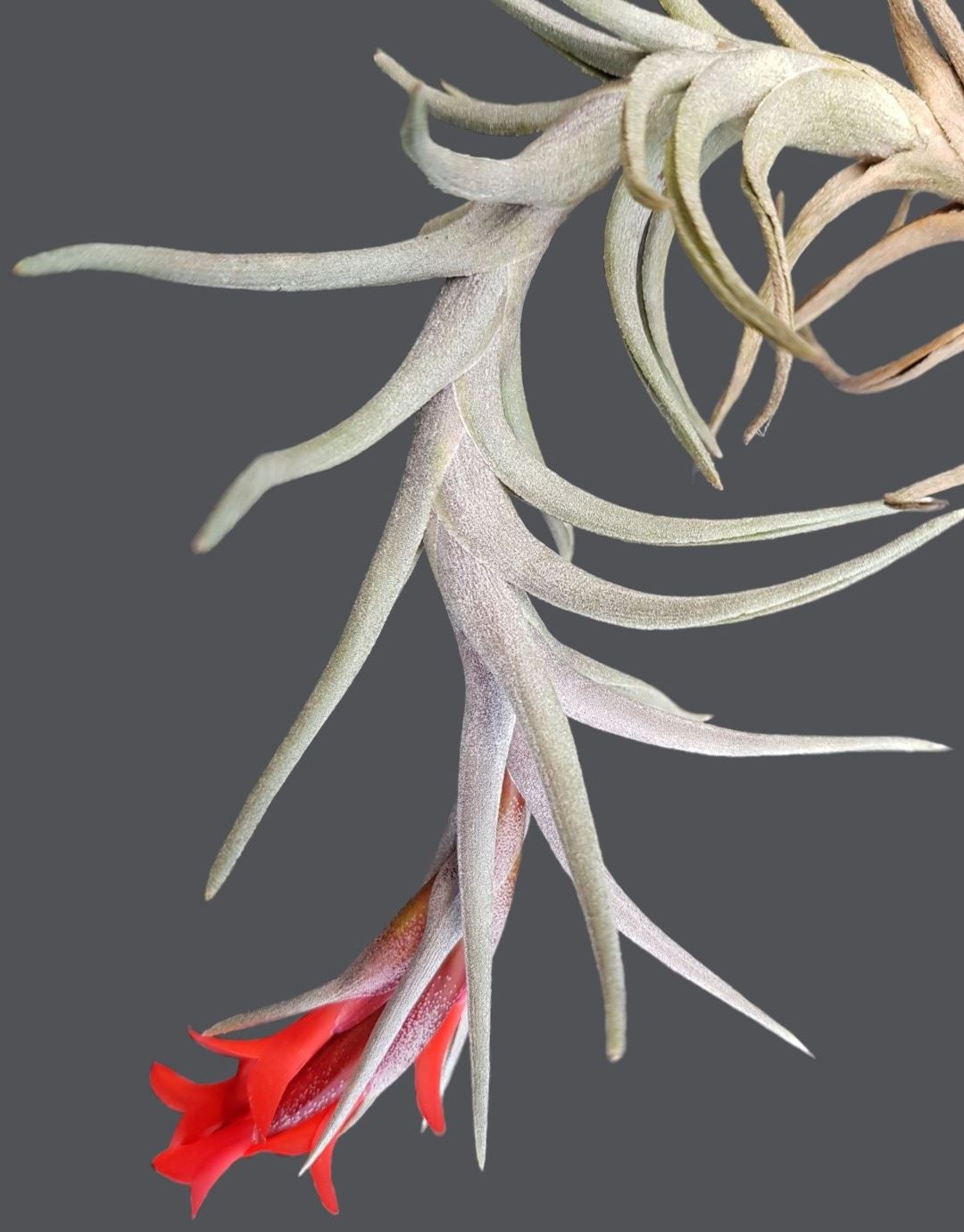Margarite Simpson: Unpacking The Intriguing World Of A Unique Name, From Minerals To Mixology
Have you ever considered how a name can connect seemingly different aspects of our world? It's a rather interesting thought, isn't it? When we think about margarite simpson, a name that might spark curiosity, we find ourselves at a crossroads of fascinating topics. This particular name, in a way, brings together the wonders of natural geology with the simple pleasure of a well-crafted drink. It's almost as if the name itself holds a secret, inviting us to explore distinct realms that share a common thread: the word "Margarite."
So, what exactly comes to mind when you hear "Margarite"? For some, it might conjure images of sparkling crystals found deep within the earth, a testament to nature's artistry. For others, it could immediately bring to mind the refreshing zest of a beloved cocktail, a staple for celebrations or just a quiet evening. This dual identity, you know, makes the name quite special, hinting at stories both ancient and modern.
This article aims to explore these two distinct, yet equally captivating, facets of "Margarite," drawing directly from information that sheds light on both the geological marvel and the popular beverage. We're going to look at the mineral and the cocktail, understanding what makes each so unique and, in some respects, universally appreciated. It’s pretty cool how one word can mean so much, isn't it?
Table of Contents
- The Mineral Margarite: A Geological Wonder
- The Margarita Cocktail: A Refreshing Classic
- People Also Ask About Margarite
The Mineral Margarite: A Geological Wonder
Let's start with the Earth's treasures, shall we? The mineral Margarite is a truly fascinating creation of nature, known for its specific formations and where it makes its home. It's a calcium-rich mica mineral, which is a rather important detail for geologists. This mineral, you know, tends to form in very particular conditions, often alongside other intriguing minerals. Its presence can tell us a lot about the geological history of a place, which is pretty neat.
Where Margarite is Found
The occurrence of Margarite is quite specific, actually. In some instances, this mineral forms preferentially along dark, graphite-rich inclusions. These inclusions are often found within chiastolite crystals, creating a unique visual and chemical relationship. It's a very particular kind of growth, showing how minerals interact. This preferential formation, you see, highlights the specific conditions needed for Margarite to appear in its most notable forms.
Moreover, Margarite has been discovered in various significant locations across the globe. For example, it's found in the emery deposits of Turkey. These deposits, you know, are quite famous for their abrasive materials. Similarly, Margarite also appears in the emery deposits of the Aegean Islands, which are geographically close and share similar geological characteristics. These locations are rather important for mineral enthusiasts and geologists alike, offering rich insights into the Earth's processes.
Beyond these emery deposits, Margarite also shows up with corundum at several localities in the United States. Corundum, by the way, is another very hard mineral, known for its use in gemstones like ruby and sapphire. The association of Margarite with corundum suggests certain high-pressure, low-temperature metamorphic conditions. One notable location in the United States, for instance, is the Long Hill/Old Tungsten Mine in Trumbull, Connecticut, USA. This site, in particular, is a well-known spot for mineral collectors, and it's where you might find samples of this unique mineral. It's truly a testament to the diverse geological makeup of different regions, isn't it?
The Look and Feel of Margarite
When you encounter Margarite, it has some pretty distinctive physical characteristics. It often appears as a beige, massive, fibrous, or foliated aggregate of crystals. This means it doesn't always form perfect, individual crystals but rather clumps or layers. The fibrous or foliated texture, you know, gives it a layered or somewhat stringy appearance, which is typical for mica minerals. It’s quite interesting to observe these textures up close, as they reveal how the mineral grew.
The color of Margarite can also vary a bit, adding to its visual appeal. It can be white, gray, pinkish-gray, or even yellowish-gray. These subtle color variations often depend on the impurities present within the mineral structure. So, you might find different shades depending on where the sample was collected. This range of colors, in a way, makes each specimen a little unique, reflecting its specific geological journey.
Historical Notes on Margarite Discovery
The history of mineral discovery is often quite detailed, and Margarite is no exception. A reference from 1897, for instance, gives Sterzing (Vipiteno), South Tyrol, as the type locality (TL) of Margarite. This means it's the place where the mineral was first officially described. The reference, you know, also points to Mohs (1820), a well-known mineralogist, for his description of the mineral. It's a fascinating look back at how these scientific discoveries were documented.
In fact, Mohs did describe the mineral, which is a pretty significant contribution to mineralogy. However, it's worth noting that he did not provide an analysis of its chemical composition. This detail is important because, in modern mineralogy, a full chemical analysis is crucial for defining a new mineral species. So, while Mohs identified it, the complete scientific understanding of Margarite evolved over time, with later researchers providing the chemical data. It just goes to show how scientific knowledge builds upon itself, doesn't it?
The Margarita Cocktail: A Refreshing Classic
Now, shifting gears entirely, let's talk about a different kind of "Margarite" – the Margarita cocktail. Here at Delish, we simply can’t get enough of margaritas. It’s a drink that, you know, just hits the spot for so many people. We've certainly done our fair share of experimenting with this classic cocktail, trying out all sorts of twists and variations. But honestly, when I'm craving a simple, no-frills, truly refreshing cocktail, this one is always the answer. It’s a timeless choice, really, and for good reason.
Crafting the Perfect Classic Margarita
A classic margarita recipe doesn’t actually need anything complicated. It's quite straightforward, which is part of its appeal. You just need three key ingredients: tequila, triple sec, and fresh lime juice. That's it! When you’re making the cocktail, make sure you pay attention to the ratios. Getting those proportions right is, you know, what makes all the difference in the final taste. It’s a very simple formula that yields amazing results.
Just three ingredients—tequila, orange liqueur (which is what triple sec is), and lime juice—is all you need to make the best classic margarita. It’s pretty amazing how something so simple can be so utterly delicious. To make the best margarita mix, all you really need are these three basic margarita ingredients. It’s not about fancy additions, but about the quality and balance of these core components. This simplicity is, in a way, its greatest strength.
My recipe, for instance, is easy to make, and it’s also very easy to remember the ratios. This means you can whip one up anytime without having to look up instructions. Plus, it doesn’t have any added sugar, which many people prefer for a cleaner, crisper taste. This focus on natural flavors, you know, really lets the lime and tequila shine. You can enjoy this classic margarita on the rocks or frozen, depending on your preference. It’s very versatile, which is another reason it’s so popular.
Tequila Choices and Variations
Choosing the right tequila is a pretty important step for your margarita. Silver or reposado tequila is traditionally considered to be the best tequila for margaritas. Silver tequila, also known as blanco, is unaged and offers a pure, bright agave flavor. Reposado, on the other hand, is aged for a short period in oak barrels, giving it a smoother taste with hints of vanilla or caramel. However, honestly, any type of tequila will work, depending on what flavor profile you’re going for. It’s more about personal taste, really.
Beyond traditional tequila, you can also experiment with other agave spirits. Smoky mezcal or sotol, for example, can create a truly unique margarita experience. To make a mezcal margarita, you simply swap the tequila for an equal amount of mezcal joven. Then, you might need to tweak the amount of lime juice and simple syrup to taste, as mezcal has a much stronger, smokier flavor profile. This allows for a lot of creativity, you know, making the drink your own.
Once you master a classic recipe for making a margarita, you’re basically set. You can then start playing with these variations, knowing you have a solid foundation. It’s about understanding the core balance and then adjusting for different spirits or flavor additions. This mastery, in a way, opens up a whole world of cocktail possibilities. You can learn more about cocktail recipes on our site, for instance, to broaden your mixology skills.
Simple Tips for Your Best Margarita
Making a great margarita is about a few simple steps. When you’re making the cocktail, make sure you use fresh lime juice. This is, arguably, the most crucial ingredient for a vibrant, zesty flavor. Bottled lime juice just doesn't compare, you know, and it can make a huge difference in the final taste. Freshness is key here, truly.
Once you’ve mixed your ingredients, you’ll want to strain the cocktail. Strain it into a rocks glass over fresh ice. This ensures a smooth, chilled drink without any bits of pulp from the lime. The fresh ice, too, helps keep it perfectly cold without diluting it too quickly. It’s a small detail, but it really makes the drink more enjoyable.
Memorize this simple three-ingredient formula, and you’ll always impress your friends. It’s a very handy skill to have, and it shows you know how to make a truly classic drink. This recipe, you know, is a crowd-pleaser for a reason. It’s delicious, easy, and always refreshing. You can find more tips for your home bar by checking out this page, for example.
People Also Ask About Margarite
What is the mineral Margarite?
Margarite is a specific type of calcium-rich mica mineral. It's known for forming in certain geological environments, often appearing as beige, massive, fibrous, or foliated aggregates. It can also be found in colors like white, gray, pinkish-gray, or yellowish-gray, depending on its composition. It's quite a unique mineral, you know, with distinct physical properties.
How do you make a classic Margarita cocktail?
Making a classic Margarita is quite simple, actually, requiring just three main ingredients. You combine tequila, triple sec (or orange liqueur), and fresh lime juice. The key is to get the ratios right for a balanced flavor. You then strain it over fresh ice into a rocks glass. It’s a very straightforward process, really, that results in a wonderfully refreshing drink.
What is the best tequila for a Margarita?
Traditionally, silver (blanco) or reposado tequila is considered best for margaritas. Silver tequila offers a bright, pure agave taste, while reposado provides a smoother profile with hints of oak. However, any type of tequila can work depending on your preference, and you can even use smoky mezcal or sotol for a different twist. It's really about what you like, you know, in your drink.

Margarite Acne – Sonoran University of Health Sciences | Medicinary

The Rice Gallery of Fine Art » Store » Margarite

Bromeliads in Australia - Tillandsia Margarite